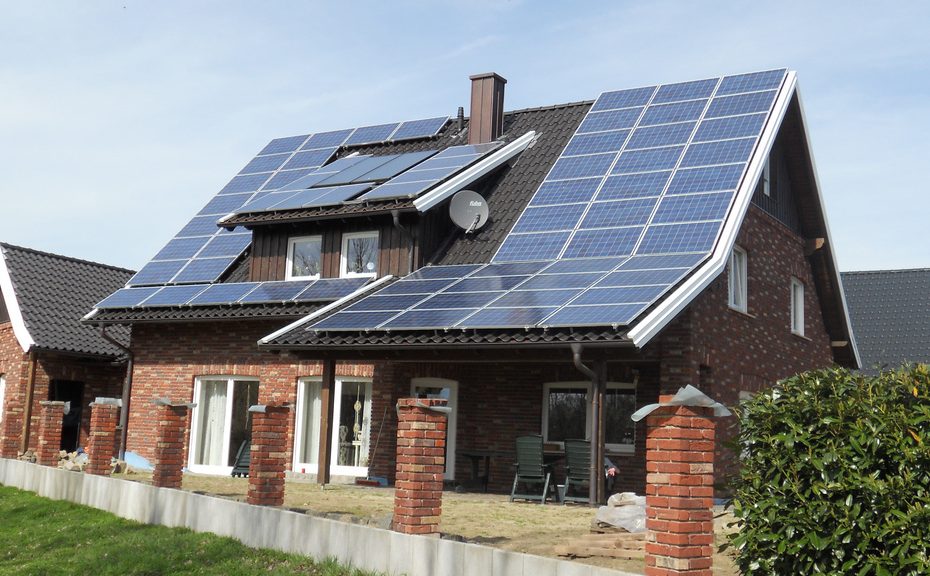Solar, Solar, Solar!
If you chose to read further, hopefully, this newsletter will educate you enough to know what questions to ask when considering solar, batteries or a standby emergency generator.
Sure, home solar panels seem like a great idea in California due to the abundant sunshine. However, there are some nuance and limitations to consider.
First, while solar panels can significantly reduce electricity bills, the initial cost of installation and equipment can be sky high. Although there are federal and state incentives available, the upfront investment might still be a barrier for some homeowners.
In addition, the effectiveness of solar panels is dependent on weather conditions. While California generally has plenty of sunlight, there are periods of cloud cover, rainy days, and shorter daylight hours in winter, reducing solar power efficiency. Energy storage solutions like batteries can mitigate this issue, but they significantly add to the overall cost.
Here are a few questions to ask your solar salesperson:
- What happens during long-term power outages like 2, 3, 7 days?
- What about powering my AC(s) during July or August when we have 108 degree days, and the utility companies turn off the power?
Net metering policies, which allow homeowners to sell excess energy back to the grid, have been beneficial. However, changes in these policies approved unanimously, by the California Public Utilities Commission on 12-15-2022, revised the net metering policy in California. This revision, which came into effect on 04-15-2023, substantially reduces the value of the amount of solar credits given back by 75%!
In essence, while home solar panels offer benefits in California, including reduced electricity bills and an advertised environmental impact. There are other things to consider.
The production of solar panels involves various resources, including minerals like silicon, silver, and rare earth metals. The extraction and processing of these materials can have significant environmental consequences, including habitat disruption, water usage. Additionally, the manufacturing process itself requires energy, which primarily comes from coal and diesel, in many cases, contributing to carbon emissions. While solar panels generate clean energy during their operational life, it takes a long time for them to offset the energy and emissions associated with their production.
Most panels have a lifespan of around 20 years, after which they need replacement. Improper disposal can lead to environmental hazards as they contain toxic materials like lead and cadmium. Recycling these panels is complex and requires specialized processes to safely extract and handle these hazardous substances, adding another layer of challenge to their lifecycle management.
We recently witnessed some freak weather events. March 15, 2024, on X (formally twitter) a user posted helicopter footage of a 350 megawatt solar farm destroyed by a hailstorm.
Ok, that happened in Texas but on March 7, 2024, the San Fernando Valley, from Chatsworth to Tarzana was pounded by a hailstorm which caused some damage to vehicles and reports suggest damage to siding, roofing vents and roof solar panels.
Power storage by way of batteries from solar panels, involves various resources and minerals, typically including lithium, cobalt, nickel, and other metals. Extracting these materials often involves environmentally intensive processes, using diesel and coal, and there are concerns regarding the social and environmental impact of mining, particularly in regions where these minerals are sourced.
Additionally, manufacturing batteries requires substantial amounts of energy. The energy-intensive processes for refining materials, assembling battery cells, and creating battery packs contribute to the overall environmental footprint of battery production.
When evaluating the environmental impact of solar panels and batteries, it’s essential to consider not just their operational benefits in generating clean energy but also the environmental costs associated with their production, including resource extraction, energy use, and proper end-of-life disposal or recycling.
So you see, solar panels and batteries, and back-up power are not all Skittles and Rainbows because not only are there hidden environmental costs but there are substantial upfront costs, weather-related limitations, property suitability factors, potential policy changes, and even long-term maintenance to consider. It is crucial for homeowners to conduct a thorough assessment, ask important questions and weigh these factors before deciding on any types of installation.
When it comes to powering a home during a long-term power outage, both batteries connected to solar panels and standby natural gas generators have their advantages and limitations.
Batteries coupled with solar panels offer a renewable and clean energy solution. They can store excess solar energy generated during the day for use at night or during periods of low sunlight, providing a sustainable power source. However, their capacity to power a home during an extended outage depends on the size of the battery bank, the household’s energy consumption, and the duration of the outage. While they can provide power for some time, they cannot sustain a home indefinitely unless the battery storage capacity is massive.
On the other hand, a standby natural gas generator provides reliable backup power during short or long term outages. They can supply consistent power for extended periods as long as they have access to fuel. However, they do rely on fossil fuels (primarily dual fuel – Natural Gas and LPG).
The choice of solar panels with battery storage and a standby natural gas generator depends on various factors, including the homeowner’s priorities regarding environmental impact, energy independence, cost considerations, and the specific energy needs during an outage. These options have their trade-offs, and a pragmatic approach involves considering the pros and cons based on individual circumstances to determine the most suitable solution.
Don’t fall for the promises from any Solar, Battery or Generator company without asking valuable, direct and concise questions pertaining to your individual backup power goals and needs.
